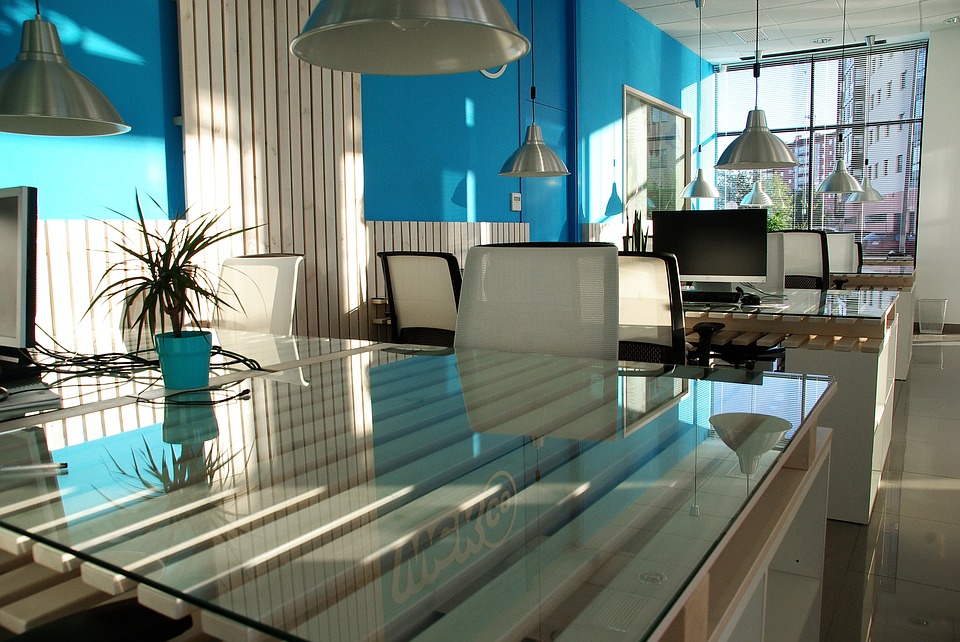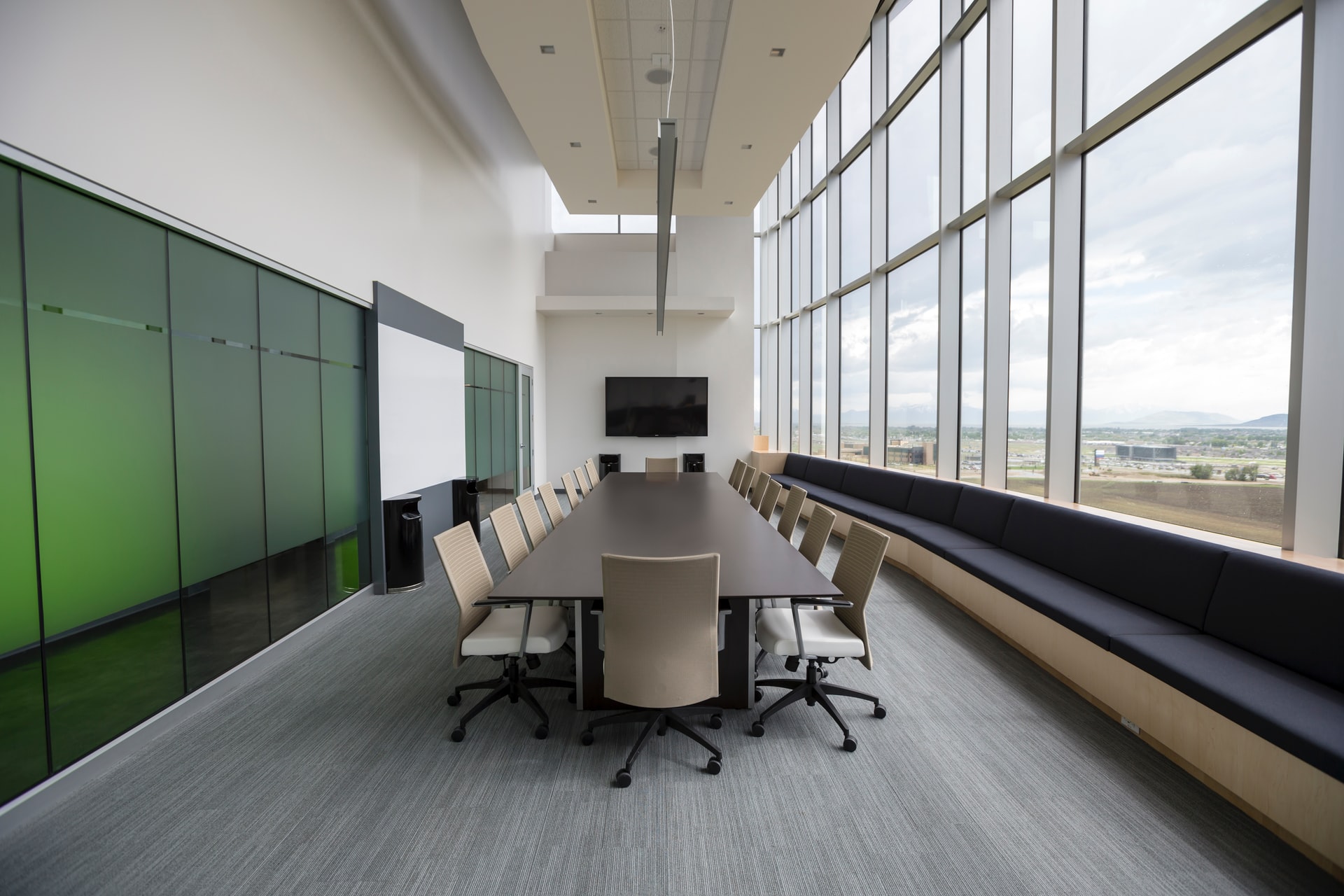Remote work was once an extremely disconnected experience, where individuals had to trust that whatever they were doing was what other teams wanted.
Today, new and better technology make communication faster and better than ever before, leading to the proliferation of remote work and teams. And, the modern economy often encourages remote offices and work, with organizations choosing to outsource technology to countries like Portugal and Brazil. Companies are moving offices outside of busy cities where office spaces and housing might be a problem, and sometimes simply attempting to offer service to a wider range. Many others outsource to freelancers and external partners, who typically work remotely.
As remote work becomes more common, it becomes increasingly important for organizations to create measures to enable fast and quality communication. This means establishing communication channels rivaling real-life connection.
While many channels exist, video conferencing is increasingly used as a real-time bridge between offices, offering the next-best-thing to real-life communication.
Why Video Conferencing?
While communication channels like phone, chat, and email are relevant and useful, they don’t share the full-range of human communication including body-language, facial expression, and movement or gestures.
Nonverbal communication makes up a significant portion of how we communicate, adding nuance, context, and expression. In fact, maintaining nonverbal communication during workplace discussions such as conflict resolution, planning, strategy, and alignment improved outcomes, allowing teams to better understand each other and better respond to the individual’s emotions.
In short, maintaining non-verbal communication through visual communication is crucial to ensuring teams can communicate well with each other.
Remote workers who can use nonverbal communication are significantly better able to understand their teams, to process the emotional intent of requests, and to stay on the same page.
Setting Up Video Conferencing Channels
Video conferencing can range from simple VoIP solutions like Skype to high quality and secure channels. Your organization can choose to use several options or just one, but this will likely depend on how and where remote work is being performed.
VoIP Solutions
VoIP solutions like Skype, Google Hangouts, and WhatsApp offer free and easy to use video chat solutions, which are primarily ideal for one-on-one communication. Some, like Skype Premium allow up to 8 computers to join a single chat and allow others to call into the chat if necessary.
These solutions are ideal for connecting individual remote workers, such as freelancers, who occasionally have to communicate with other individuals. While free, VoIP solutions offer little in terms of security, user access management, time tracking, or other management tools.
Video Conferencing Solutions
Professional video conferencing tools are typically designed for secure, traceable, and transparent calls, typically between either two people or up to as many as 50. These tools typically incorporate security features such as encryption, user access management, time-logging, and chat logs. Individuals have much less privacy and therefore much less ability to spend time talking to friends.
Most video conferencing solutions also incorporate tooling to ensure high-quality sound and video, even over long distances. Professional solutions offer tooling like scheduling, calendar integration, invite links, the ability to call in, strong user access management, screen-share and presentations, whiteboarding tools, notes and recording, screen recording, and much more. This ensures individuals can record meetings, participate as a viewer if necessary, share pertinent information such as screens, data, or code, and readily share that information out, either to others or for later use.
Most video conferencing solutions are ideal for companies that require consistent communication between more than two people, who frequently transfer and share large files, and who need teams to be on the same page despite larger distances.
This is suitable for organizations with a large team or remote freelancers each working in their own offices, for remote offices, and for outsourced teams.
Always-On Video Portals
Always-on video portals are popular solutions to bridge communication gaps between offices. This is especially relevant for organizations with offices in multiple countries, where lack of awareness might be a barrier to communication.
For example, if teams are constantly mixing up time-zones, unsure if they can call because they don’t know if someone is in-office, or feel disconnected. Always-on video portals function to create a two-way live-stream between one office and the other, giving anyone on either side a window into another office.
Always-on video portals can function to bring teams closer together, give teams an easy way to check if someone is at their desk, and allow for quick communication that doesn’t involve calling someone. This can be convenient in several ways, largely in that you remove some of the distance between offices in that everyone always knows what’s going on.
Choosing the Best Video Conferencing Solution
Video conferencing tools come in a lot of different formats, but for the most part, that’s a good thing. No one tool is really “one-size-fits-all” and you will have to look at features needed by your teams and individual workers in order to make a good selection. This means paying attention to how people communicate, where they communicate, and why.
For example, if most communication is made up of scheduled meetings and calls, you want a tool with strong scheduling, user access management, and reminders. If communication is on an ad-hoc basis and individuals largely need input or to share files and work-items, you want to look for tools that support the type of work your people are doing. And, if communication is mostly very light and you would simply like to increase the quality of communication by moving to video, free tools are likely ideal.
You also have to look at considerations such as video and sound quality, especially over distance. Connecting to offices in remote areas likely means reduced internet connection and quality. The same holds true to connecting to a larger number of individuals working in different locations. If this is the case, you want to look for tools with features such as file compression to increase quality.
Video conferencing improves how individuals communicate, adding more depth and nuance to interpersonal communication. While it’s not right for every form of communication, and a quick call or chat may sometimes be ideal in some cases, video adds a lot of value, especially in circumstances where remote workers never or rarely meet their teammates or teams.




